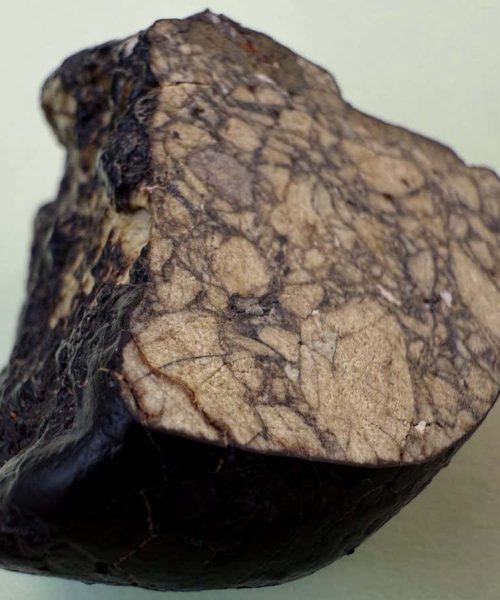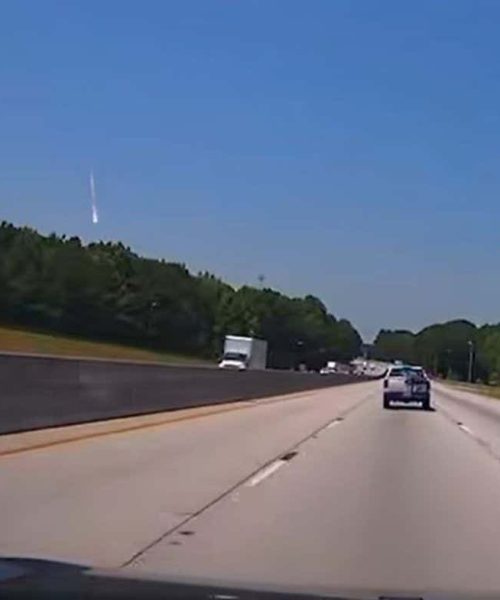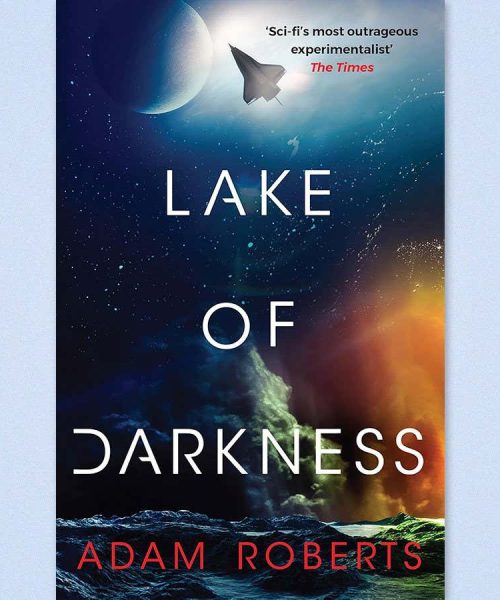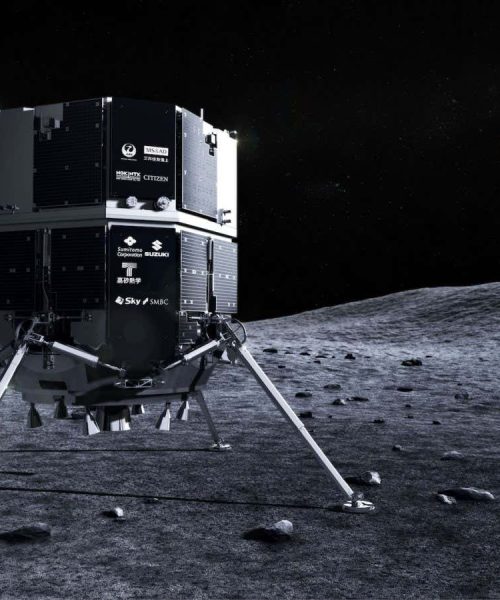
The European Space Agency’s Proba-3 mission comprises a pair of satellites that will orbit the sun to give an unprecedented view of its outer atmosphere, or corona. The aim is to help scientists improve their understanding of phenomena such as the solar wind and coronal mass ejections (CMEs). “We are still not sure how coronal mass ejections occur,” says Andrei Zhukov, the mission’s principal investigator. “With Proba-3, we will be able to see CMEs at their birth, how they are occurring and the first steps of their acceleration and development. This will help us to understand better the physics”.
It is complicated to study the corona because the star’s core can be up to 1 million times brighter than it, making it tricky to image. On Earth, one way to study the corona is during a total solar eclipse, when the moon blocks out the sun’s bright centre. However, eclipses are rare and offer only up to 10 minutes of study time. Instead, Proba-3 will place two satellites 150 metres apart in front of the sun, using lasers to autonomously maintain millimetre-accurate positioning. One satellite, known as the Occulter spacecraft, will cast a shadow, or eclipse, onto the Coronagraph spacecraft that will collect data via photodiodes filtered to measure different wavelengths of light.
In future, this technology might be applied to the search for exoplanets, says Damien Galano, project manager of Proba-3. “NASA has studied a concept where instead of blocking the light from the sun to observe the corona, there would be a large occulter blocking the light from the stars, and then in the shadow, there would be a large telescope that then would be able to image directly exoplanets orbiting the sun.”
Topics:





